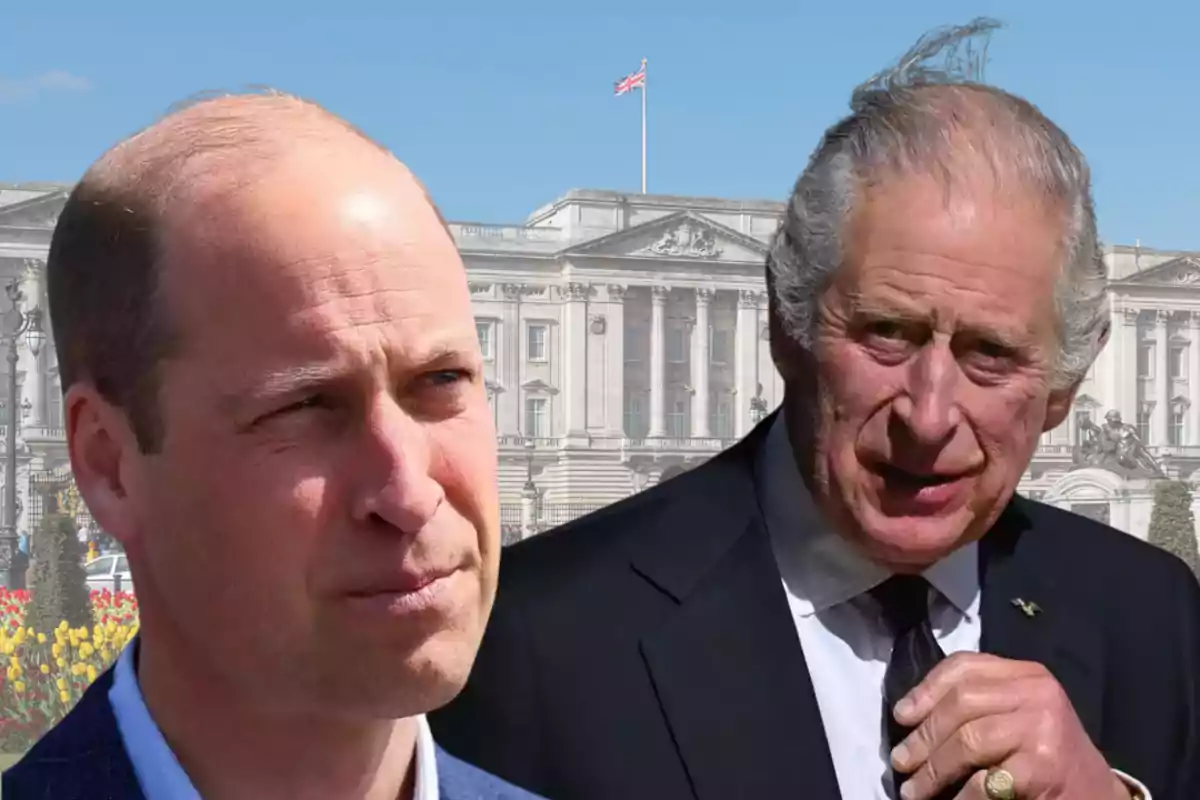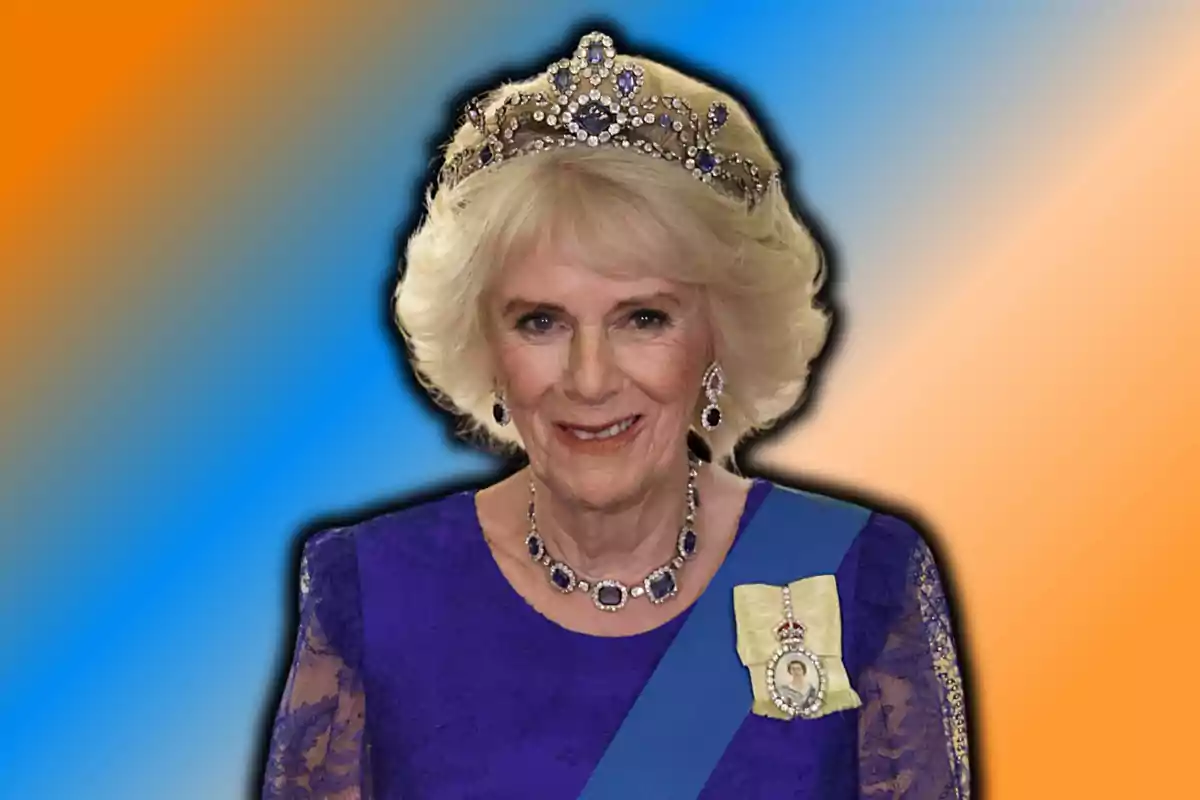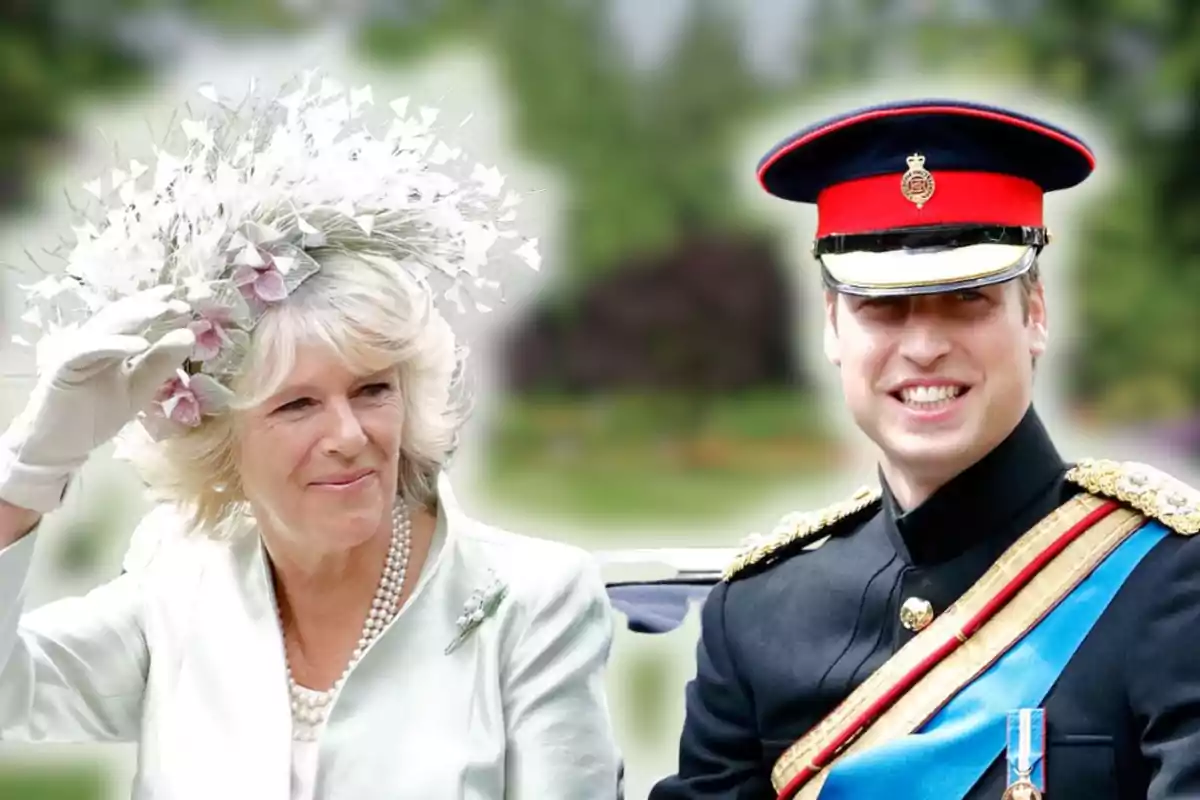Camilla has become a key figure in the British monarchy, and her latest moves have placed the future king at the center of an unexpected confusion. Her husband's diagnosis shakes the family structure.
Camilla gains prominence
Since her husband, Charles III, was diagnosed with cancer, Camilla has increased her presence at official events. She has stopped being a mere protocol companion to take on strategic decisions in key meetings and in the Crown's agenda. She has gone from being "princess consort" to a visible and functional figure within the institution. Her voice and management are no longer a complement: they lead.
The protocol guard change
Within internal sources and British media, the theory circulates that this shift led by Camilla has meant an adjustment in William's duties. According to indications, the prince has reduced his exposure at minor events where Camilla used to shine—a move that dims her spotlight and creates tension in royal offices.

Although there is no official communication about it, a royal biographer points out that this is more than institutional modernization: "taking the spotlight off Camilla" to reinforce his own line of succession. This is how William, the natural heir, would be acting to consolidate his leadership. In addition, there is speculation that behind this adjustment there may be a calculated strategy to anticipate his style of reign, more focused and defined, which would contrast with the more traditional image of the monarchy.
Family echoes and memories that weigh
It is not new that there are frictions between Camilla and Charles III's children. In "Spare," Harry's book, he tells how he and William agreed to oppose the royal marriage out of respect for Diana. With Harry out of the United Kingdom, only William has an active voice, which adds an emotional component to the conflict: She is his stepmother, but also the visible face of the power that he could be rewriting.
The Palace keeps an official version: it is an adjustment to modernize the Crown, to guide it toward a direct and functional line. It was a necessity, they say, for a more agile institution. But from within, it is interpreted that behind the veneer of "reform" there could be a personal move to reduce Camilla's influence and give prominence to the new king.

New pulse at the heart of the Crown
This episode is not just an agenda adjustment; it means a change in symbolic power. Camilla goes from discreet companion to decisive figure, and William, in his path to the throne, seems to be defining his reign in his own way. With his decision, the future king marks distance, reminds who will inherit the scepter, and sends a clear message to the palace.
Camilla's upcoming appearances on the institutional agenda will be key to measuring this battle for royal influence. Queen Camilla has gained strength and relevance at a decisive moment. But her rise has triggered a standoff with William, who seeks to point out that, although she is consort, the future king defines his kingdom.

